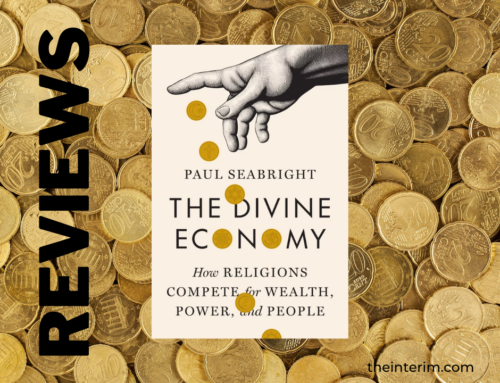Boston College philosopher Peter Kreeft has said about the problem of suffering and injustice: “God’s answer is not an explanation, but a deed.” Kreeft, of course, was talking about the Crucifixion of Christ.
This month, we begin the season of Lent and Father Ted Colleton explains the significance of this in his column. Fittingly, Mel Gibson’s The Passion of the Christ is also finally being released this month in theatres, and we have what may be the first print review of the film in Canada. The movie, of which much was written months before it was released or even previewed, examines the last, horrible hours of Jesus Christ. It is an intense movie, but the Crucifixion was an intense moment in history. As reviewer John-Henry Westen says, few could resist shedding tears as the film portrayed the shedding of Christ’s blood. This is because we all know why Jesus shed his blood. He did it for us because we are sinners. Who crucified Christ? We all did. Mel Gibson appears once in The Passion of the Christ: his hands are filmed nailing Jesus to the Cross – a recognition that he, Gibson, was responsible for the death of Jesus.
We reviewed The Passion of the Christ because it is, by all reputable accounts, the best depiction of the death of Jesus. The death and resurrection of Jesus is also the most important moment in history. For all the talk after 9-11 that the day was history-changing, only one day really changed history – the day Christ was nailed to a Cross for our sins, for our salvation.
On Good Friday, God became a victim and shared in this world’s suffering and injustice. As Kreeft has beautifully put it, Christ is God’s tears. But Christ was also the “conqueror of tears – and of death.” The Cross is simultaneously the most beautiful and ugly thing. It is ugly because on it, man committed deicide. But on it, man was also saved.




